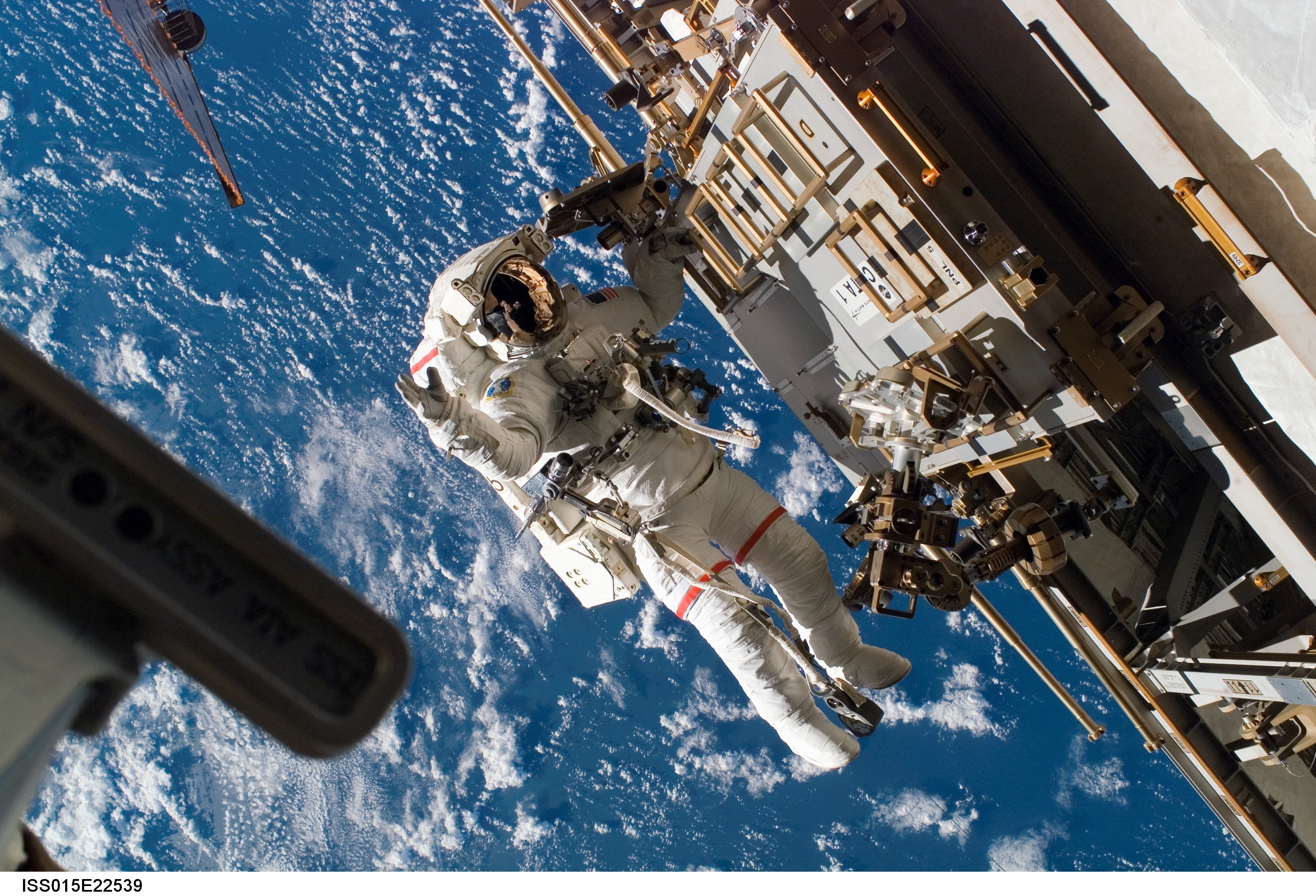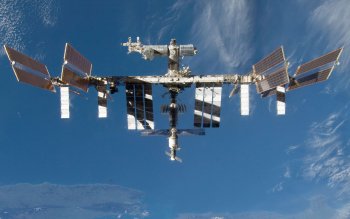
Alternately as desired by ground controllers, HDEV video can be commanded. The only command required, is the initial ‘power on’ command, which is performed by ESA’s Columbus Control Center. This auto-cycle mode does not require any input from ground operators, so the cameras can be operated any time that ISS power and data resources are available, without requiring a ground controller present to operate the payload. The forward looking camera is powered first, followed by the nadir and each aft looking camera, such that HDEV video ‘follows’ a location on the Earth as ISS passes overhead. HDEV operates one camera at a time and is designed so that when the system is initially powered on, after a 1-2 minute warm up period, the cameras are turned on one at a time in a repeating cycle. When the station is in darkness, video may appear black. The cameras are being evaluated for capturing science data and vehicle operations. This footage is one of the first of its kind. ISS orbits our planet once every 90 minutes and experiences a sunrise or a sunset about every 45 minutes. The higher resolution images and higher frame rate videos can reveal more information when used on science investigations, giving researchers a valuable new tool aboard the space station.

The cameras, made by four different companies – Hitachi, Panasonic, Sony and Toshiba, are enclosed in a temperature specific housing and are exposed to the harsh radiation of space.Īnalysis of the effect of space on the video quality may help NASA engineers decide which cameras are the best types to use on future missions.

All Iss wallpapers are free and can be downloaded in any popular resolutions: 2160x3840. HDEV placed four commercial HD video cameras on the exterior of the International Space Station (ISS). Now you can set a new wallpaper for your screen saver or lock screen.

NASA’s High Definition Earth Viewing experiment (HDEV) is now live-streaming views of our planet from space captured by HD cameras.


 0 kommentar(er)
0 kommentar(er)
